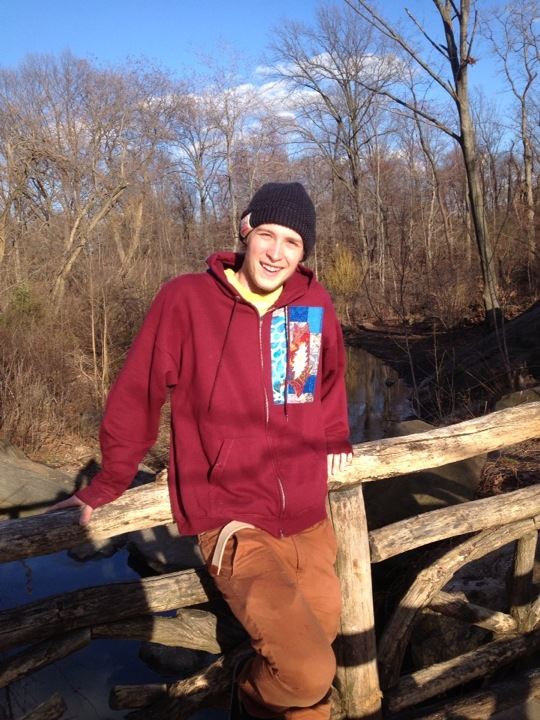Sit Down with a Master Naturalist: Remy Crettol
The candidates for the Master Naturalist BTV Program come from the North End of Burlington to its southern borders and range in age from twenties to seventies. Each of these master naturalists has a background in at least one discipline of natural history. Remy Crettol, the AmeriCorps Environmental Educator and Resource Specialist for the Winooski Valley Park District, has two concentrations: tracking and tree identification. Crettol is a graduate of the University of Vermont, with a B.S. in Environmental Studies, concentrating in Ecology and Conservation. It was at UVM where he became acquainted with Alicia Daniel, the leader of the Master Naturalist BTV Program, whom he would later assist with her Winter Trees course, post-graduation.
While in the process of designing the Master Naturalist BTV Program, Daniel was able to bounce ideas off Crettol as well as gauge his interest in being a participant in the program. Crettol readily accepted the invitation to join the program, he stated that “it would be a great opportunity [for him] to get together with a group of people with different backgrounds that share a common interest.” He saw that the allocation of their knowledge would create a collective consciousness for them to draw on and look at a certain landscape feature using each of their distinct expertise. This program would allow for Crettol to get involved with the community in Burlington and be able to train and engage the public. Crettol stated that he “wanted to get people excited about the environment in which they live in.” The community project that Crettol is designing is related to rare plants and expanding next year’s Master Naturalist BTV program.
Each of the master naturalists has an agenda set as to what they hope to accomplish through the program, and Crettol is no exception. He hopes to build upon his knowledge of natural history and enhance his skills in regards to interpreting a landscape using the layer cake approach, that Daniel has become so well known for. Crettol argued that “there is always something new to learn about the layer cake approach and how all of the different components interact.” Crettol has already begun to check off parts of his agenda through the training days that they have had, thus far. He has been able to enhance his skills in regards to identifying different types of soil and bedrock. In the past, he has focused on the flora and fauna of a landscape, but this training has forced to focus on what lies beneath the surface, that gives life to the natural communities above. Crettol is a generalist and he likes to look at the picture, but some of the other master naturalists are more specialists, having a focus on subjects such a rare and endangered plants. Crettol argued that having people in the group bringing in different knowledge has made the experience more fruitful for everyone involved.
The Master Naturalist BTV Program has already completed three of their four training sessions, and Crettol played a role in the facilitation of the third. Crettol led a walk through Derway Island, a nature preserve owned by the Winooski Valley Park District. During the walk, he focused on winter trees, wildlife, and how these components interacted on the landscape. Derway Island was a pastor around 50-100 years ago and Crettol looked at how the health of the forest and how it has grown up since then. Crettol also taught the master naturalists about the flood levels, the high water line can be seen at Derway Island because of the lichen that have grown on the trunks of the trees. He also covered how the trees are able to deal with the saturated soil and what that means for their root system.
Upon his completion of the Master Naturalist BTV Program, Crettol would love to see more people experience the natural areas that Burlington has to offer. He explained how “you do not have to go that far to experience wilderness so [he] wants there to be an awareness brought to these natural areas.” Burlington has an exuberant amount of great ecological features that people do not know about. He hopes that training naturalists to be involved in stewardship will help people to get involved in taking care of these ecological features and making sure that they are clean and healthy for the future.
Written By: Garrett Chisholm
